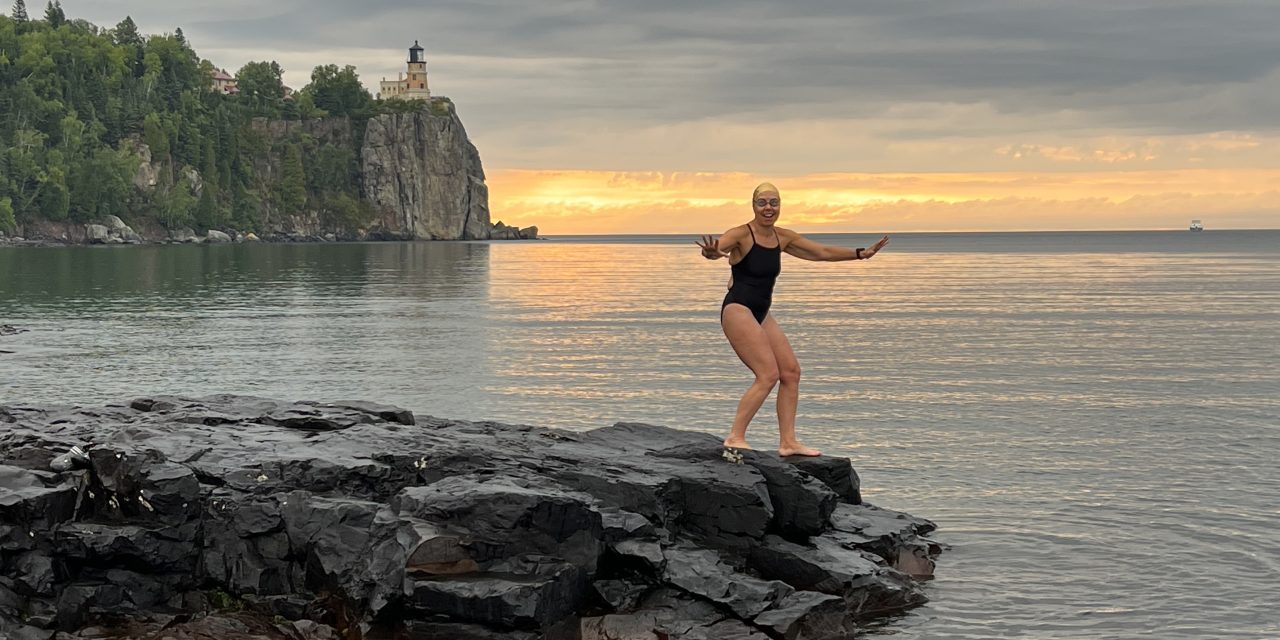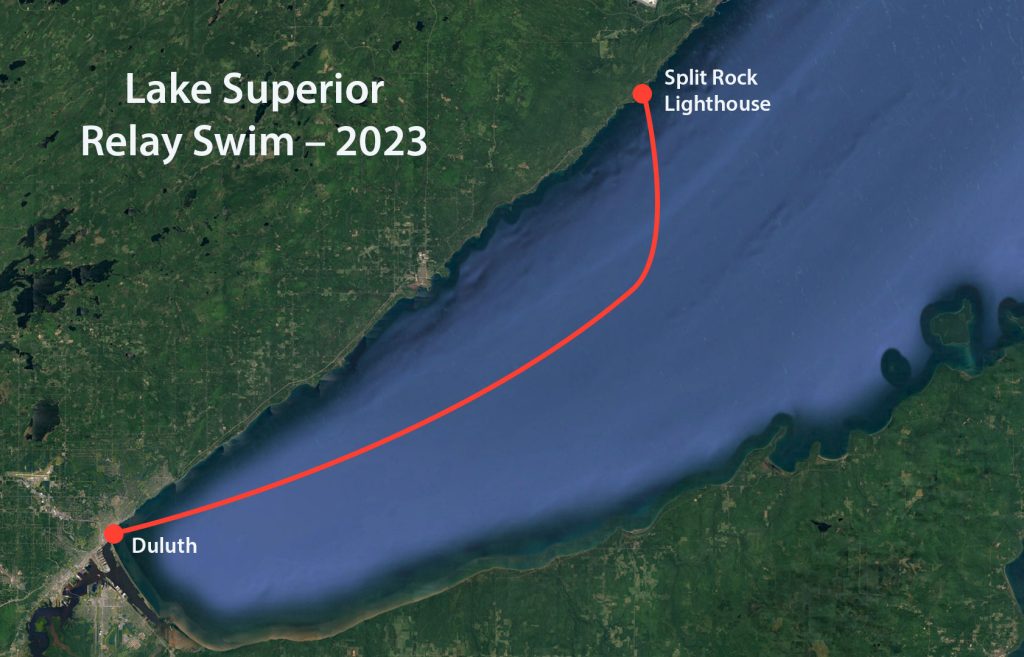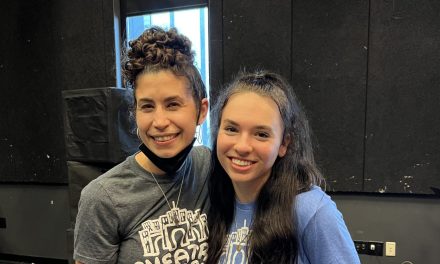A Reality Check for the Greatest Lake
Story by Michelle McChristie, Images Courtesy of the Center for Global Environmental Education, Hamline University
I follow the news and emerging science regarding Lake Superior pretty closely, and wondered what A Sea Change for Superior—a documentary co-produced by the Center for Global Environmental Education (CGEE) and PBS North—would tell me that I hadn’t already heard. I’m the kind of nerd who finds a way to weave facts into dinner conversation, like “Did you know that Lake Superior is among the fastest warming of the world’s large lakes?” But, despite my initial skepticism, this film stirred something in me, perhaps because it expertly weaves in the cultural elements connected to the fabric of news and science.
“We certainly thought a lot about this,” says writer and producer John Shepard. “An important goal in the production was to represent perspectives and voices of diverse stakeholders and those whose lives are closely tied to the lake.”

The relay team and their kayak support – each member swam 60-minute rotations during their 23.5-hour swim
Among the residents and stakeholders profiled is a relay team of world-class distance swimmers who accomplished the astonishing feat of swimming roughly 73 kilometres along Minnesota’s North Shore, non-stop and without wetsuits, at the end of August 2023. During their swim, the water was 15.6°C—not what people expect along stretches of exposed shoreline. Shepard says the CGEE came up with the idea and helped organize and support the relay. News of the potentially record-breaking swim spread like wildfire (to use a climate change analogy), attracting local and national media attention and giving pause for reflection for anyone who has plunged or swam in Superior.
The documentary is separated into three segments: Legacy, A Sea Change, and Stewardship. “We wanted to present the implications of the warming of the lake in the context of its legacy as that world’s largest lake that is famously frigid, clear, and clean. We also wanted to emphasize stewardship and encourage folks to engage in addressing issues associated with climate change and the threats it poses to Superior,” explains Shepard.
If you’ve lived in Thunder Bay for a few decades, you’ve seen this play out: pollution and habitat destruction that residents, industry, and government have worked to clean up and restore, a movement towards greater protection, and greater awareness of the impacts our personal choices have on the watershed. Shepard hopes people will come away from the film with an understanding that “our freshwater resources are precious, that climate change is impacting them, and that we all have a role to play in addressing these issues.”
So what can you do? Maybe this is a spoiler alert, but Shepard says the youth in the final segment of the documentary describe a number of things everyone can do, like “reducing energy waste, using electric vehicles, reducing use of single-use plastics. Urban dwellers can keep pollutants out of storm drains to help mitigate problems like algal blooms. People can get involved at the community level encouraging climate-change mitigation strategies.”
A Sea Change for Superior reminds us that we’ve banded together to restore and protect the greatest lake in the past, but now it’s really time to step up and help this incredible resource.
Stream A Sea Change for Superior: The Warming of the World’s Largest Lake on CGEE Hamline’s Vimeo channel. Visit cgee.hamline.edu/current-initiatives/sea-change-for-lake-superior for details.















